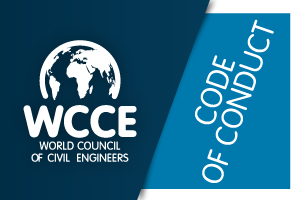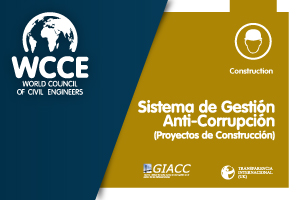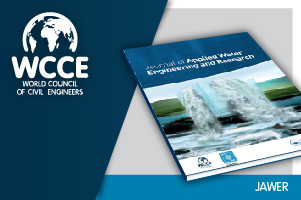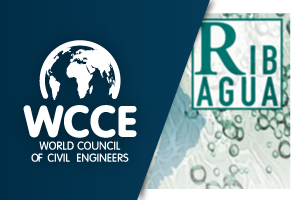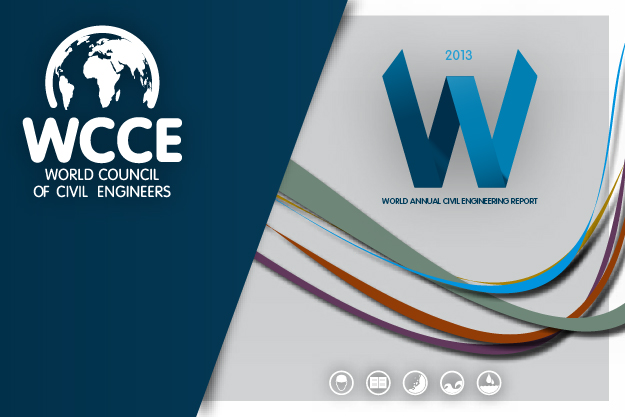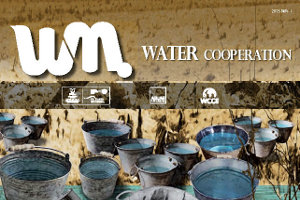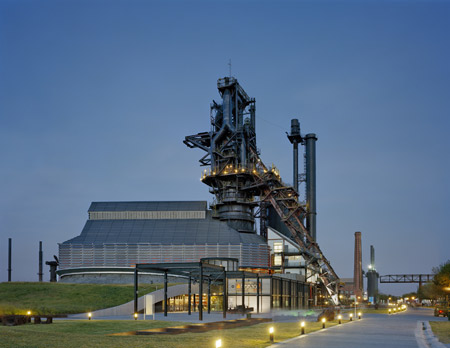
Throughout the twentieth century and so far into the twentieth first century, Monterrey has been internationally noted for its industrial strength. The city, that for years was recognized as the Mexican industrial capital has now nearly four million inhabitants and a highly diversified economy. Twentieth-century industry activities coexist here in such diverse sectors as: Heavy industry, construction materials, food and beverage, and a dynamic service sector encompassing global-level financial, real estate, educational and medical services. Entrepreneurial spirit is so deeply ingrained in Monterrey's nature that, for many, it stands for the leading edge in Latin American business culture.
The close relationship between Monterrey and the United States, dating back to mid-nineteenth century, resulted in economic growth that led to an industrialization process spanning from 1890 to 1910, a period of emergence for a group of major entrepreneurs and companies that survive up to date. This was the period of inception of the city's boom, with the arrival of large industries, and especially with the establishment of Compañía Fundidora de Fierro y Acero de Monterrey S.A. de C.V. The company's 113-hectare site comprised various facilities that were constructed starting in 1900, when the company was founded, and up to its closure in 1986. Among those structures, Blast Furnaces one and three stand out due to their monumental characteristics and historical relevance. They remained in place even after plant closure, together with other buildings and facilities, such as: the general offices, the director's house, the Steel School, the Model workshops, carpentry and electrical, model and oil warehouses, the oxygen plant, the bronze and railroad wheel foundry, the machinery building, the power generating and converting plants, the Blast Furnace blowers, and the Combination Mill, among other areas. By 1986, this industry was the distinctive symbol of Monterrey city throughout the country, because modern Mexico was built using Fundidora's steel.Throughout the twentieth century and so far into the twentieth first century, Monterrey has been internationally noted for its industrial strength. The city, that for years was recognized as the Mexican industrial capital has now nearly four million inhabitants and a highly diversified economy. Twentieth-century industry activities coexist here in such diverse sectors as: Heavy industry, construction materials, food and beverage, and a dynamic service sector encompassing global-level financial, real estate, educational and medical services. Entrepreneurial spirit is so deeply ingrained in Monterrey's nature that, for many, it stands for the leading edge in Latin American business culture.


